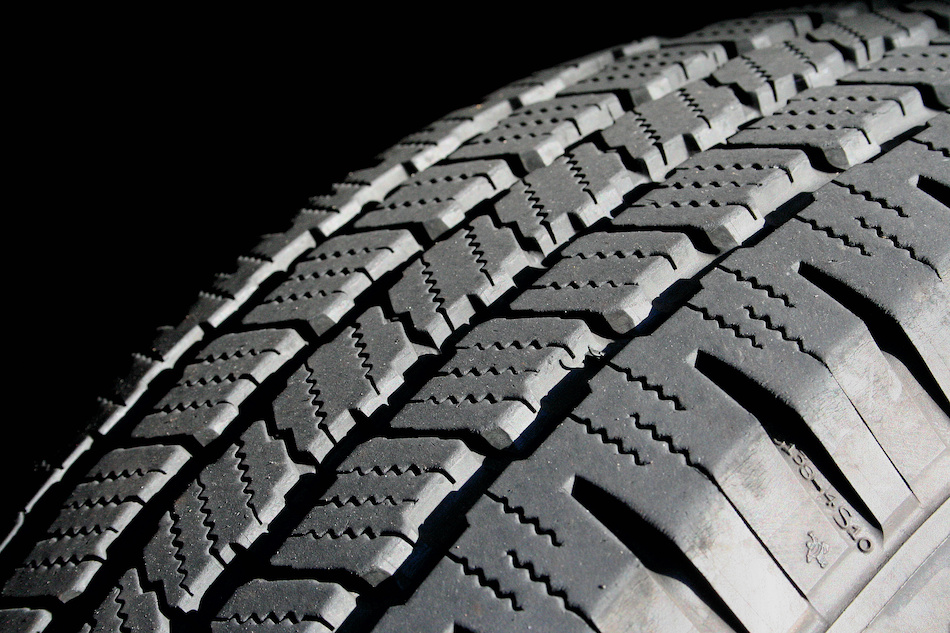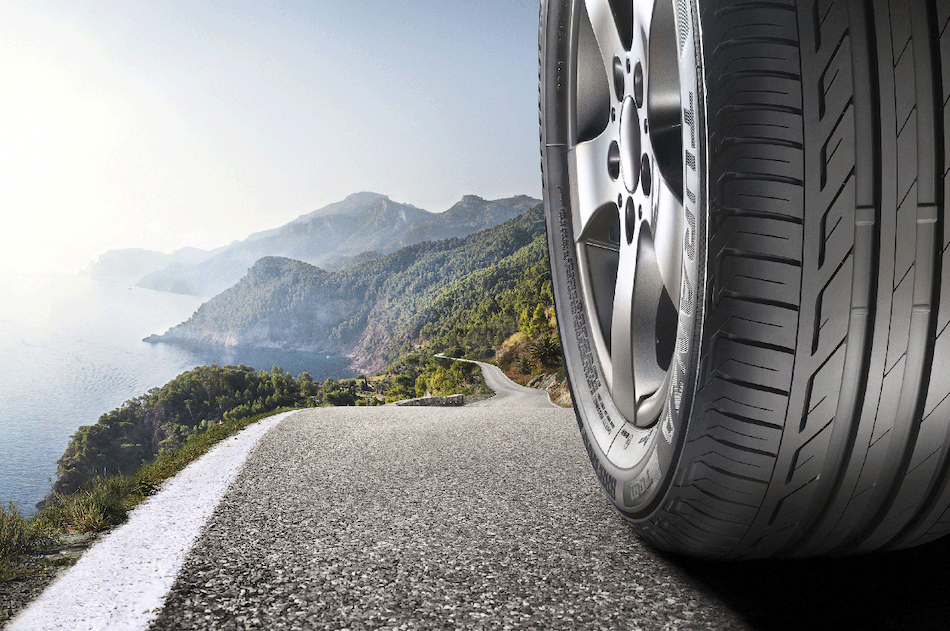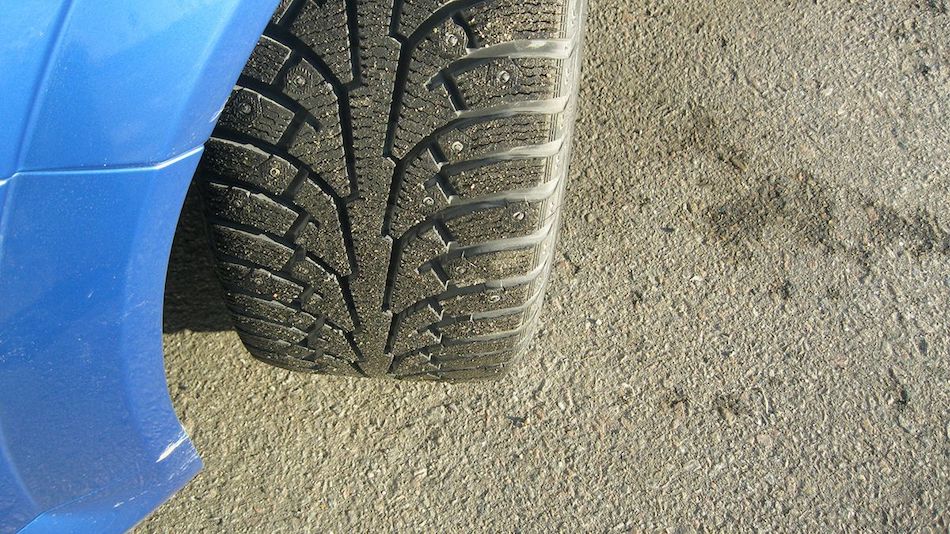
Which tread pattern is best for summer tires - types and types of treads
Content
Summer tires with asymmetric tread are versatile in the context of various weather conditions and perform well in calm and more aggressive driving. The uneven tire pattern is divided into specific functional areas.
The tread pattern of tires affects the level of grip with the track, vehicle stability, ride comfort, and sound insulation. The surface of the tire, striated with numerous drainage channels and edges, ensures direct contact with the road surface. It is this part of the tire that is responsible for traction in various conditions, wear resistance. Therefore, it is important to know which tread is best for summer tires.
Tread pattern: what affects
The best summer tire tread should meet 3 key criteria:
- Security. The shortest braking distance on wet or dry pavement.
- Manageability. Excellent grip and directional stability.
- Comfort. Noise isolation and low vibration.

Tread pattern for summer tires
The tread pattern affects grip on different types of surfaces, handling, cornering, fuel consumption.
Types of tread patterns
There are 3 types of tread pattern:
- Symmetrical non-directional. Follows the contours on the inside and outside of the tire. The symmetrical type is not tied to a specific direction of movement. There are no corresponding markings on such rubber and the tire can be mounted on either side.
- symmetrical directional. The outer drawing copies the lines of the inner part, but in a mirror image. The grooves form a herringbone directed to one side. Tires should be mounted strictly according to the designation on the marking.
- Asymmetric. Completely different pattern on the left and right side of the tread. The installation method is strictly according to the marking indicated on the tire.
Symmetrical non-directional
This tread structure contributes to better handling on dry and wet asphalt. Other advantages of symmetrical engraving:
- noiselessness;
- comfortable ride;
- universality.
As a rule, the tire is endowed with a softer sidewall and does not like high speeds (adapted for a quiet ride in urban conditions).

Tread patterns
Symmetric-patterned rubber is the most economical type of tires. Such tires are often included in the basic equipment of new cars (except for sports or expensive cars).
Asymmetric pattern: features
Summer tires with asymmetric tread are versatile in the context of various weather conditions and perform well in calm and more aggressive driving. The uneven tire pattern is divided into specific functional areas.
The outer "asymmetry" segment consists of stiffer blocks, suitable for dry surfaces and increasing vehicle stability during manoeuvres. The inside of the tread has wide sipes to reduce the risk of hydroplaning when driving through puddles.
The sides of asymmetric tires are made of different stiffness: each segment of the tire is designed for a certain level of load. The outer side is under heavy load, respectively, has a rigid sidewall. The inner one is softer, because it is less loaded.
Directional tread pattern: features
Features of the pattern - sporty design, excellent work on a wet surface. The directional arrangement of the sipes provides an increase in speed, resists hydroplaning on wet road surfaces.
The tires especially perform well in puddles, as the unidirectional tread helps wick moisture away from the contact point.

Tread for summer tires
The directional tread pattern is better for summer tires for lovers of bold and confident driving. On this tire, it is quite possible to carry out long-distance suburban trips or long journeys along intercity highways.
Among the main disadvantages of rubber is the difficulty of overcoming turns at high speeds. And for better drainage, the slots in the directional pattern are often made too soft, which can negatively affect the directional stability of the car.
Wide or narrow profile
An additional factor affecting tire performance is tread width. Wide tires offer a larger contact patch, resulting in better vehicle directional stability. Such a profile is perfectly exploited on flat asphalt surfaces.
When driving off-road, due to too wide a tread, the car will begin to yaw and bounce. The reason for the instability is the need for a wide tire to capture a larger area of the surface. And on rough roads, you cannot avoid the loss of straightness of the motion vector.
At the same time, a high tightness reduces vibrations and increases fuel consumption. Actually, the wide profile is more adapted to high-quality asphalt roads.
Narrow tires are less stable when driving at high speeds on paved roads because they have a smaller contact patch. At the same time, the reduced contact area works well on uneven surfaces as it reduces rolling resistance and fuel consumption.
Therefore, a narrow tread is better for summer tires when driving off-road. Also, such tires work fine on asphalt, but subject to measured and non-aggressive driving.
Seasonal types of protectors
To understand which tread is best for summer tires, it is important to know how the “pattern” works on different types of tires.
There are three types of tires:
- Winter. For better grip on ice surfaces, they are made from a special rubber compound that does not lose elasticity under the influence of low temperatures.
- Summer. They are made of high-strength hard rubber, designed for driving on hot asphalt at a temperature of at least 7 degrees. Soft winter tires are not suitable for summer, because the tread pattern is quickly erased on a hot track. This results in loss of performance and wheel wear.
- All season. Type of tires with medium stiffness, for year-round use, subject to a temperate climate. Demi-season wheels are not suitable for hot summers and harsh winters.

The choice of tires for the summer
Maintaining the elasticity of winter tires is a prerequisite for stable handling and comfortable driving in severe frosts. This is due to the fact that harder summer tires become dull, lose grip on an icy road and the car becomes completely uncontrollable.
European protector
Works effectively in moderately cold winters. As a rule, these are all-season Velcro wheels. The drawing is performed in the form of a network of drainage grooves and thin slots - lamellas that work like suction cups.
Suitable conditions for the operation of the Europrotector are a mild winter climate and tracks from which snow is regularly removed and periodically treated with reagents. A car equipped with such rubber behaves quite confidently on wet roads covered with melted, loose snow.
scandinavian protector
Operate in severe winter conditions. For the manufacture of Scandinavian tires, a special, elastic compound is used that does not lose flexibility, even under the influence of very low temperatures.
Rubber is equipped with an aggressive pattern with sharp edges and, in addition to providing directional stability, it performs the task of hitching a difficult frozen surface. Some Scandinavian-type treads are equipped with special side lugs to reduce slippage and go through deep snowdrifts.
Scandinavians are studded and without studs. Studded tires provide excellent grip, maximum stability and adequate vehicle handling, even when driving on smooth ice.

How to measure tread height
Of course, studded tires are absolutely not suitable for summer conditions. She is worn only during severe frosts. Minus the spikes - a lot of noise that they create when driving.
Optimal pattern for summer operation
There is no single answer which tread pattern is best for summer tires. It all depends on the nature of the road surface and driving style:
- For fans of high-speed road driving, the best tandem is a wide profile and an asymmetric tread pattern.
- A cheap but angry "symmetry" is suitable for a measured ride.
- The directional tread is more prone to wet surfaces, and on dry roads it loses directional stability and wears out faster.
What should be the residual tread depth
An important point when choosing summer tires is the depth of the tread slots. This parameter, in addition to driving performance, directly affects the rate of rubber wear. There are also legal standards below which the tread depth is unacceptable according to traffic rules.
When buying tires, be sure to take into account the criterion of tread depth and measure this index. It is especially important to pay attention to this when purchasing used wheels, since a slot that is too shallow in depth will make the used tire unsuitable for use.
Be sure to measure the depth of the tread cut. Measurements can be taken with a thin metal ruler, caliper, depth gauge or a special electronic gauge. Some tires are embossed with the appropriate dimensions, which can be assessed visually. Be careful when choosing tires, carefully study the product and only then buy rubber.